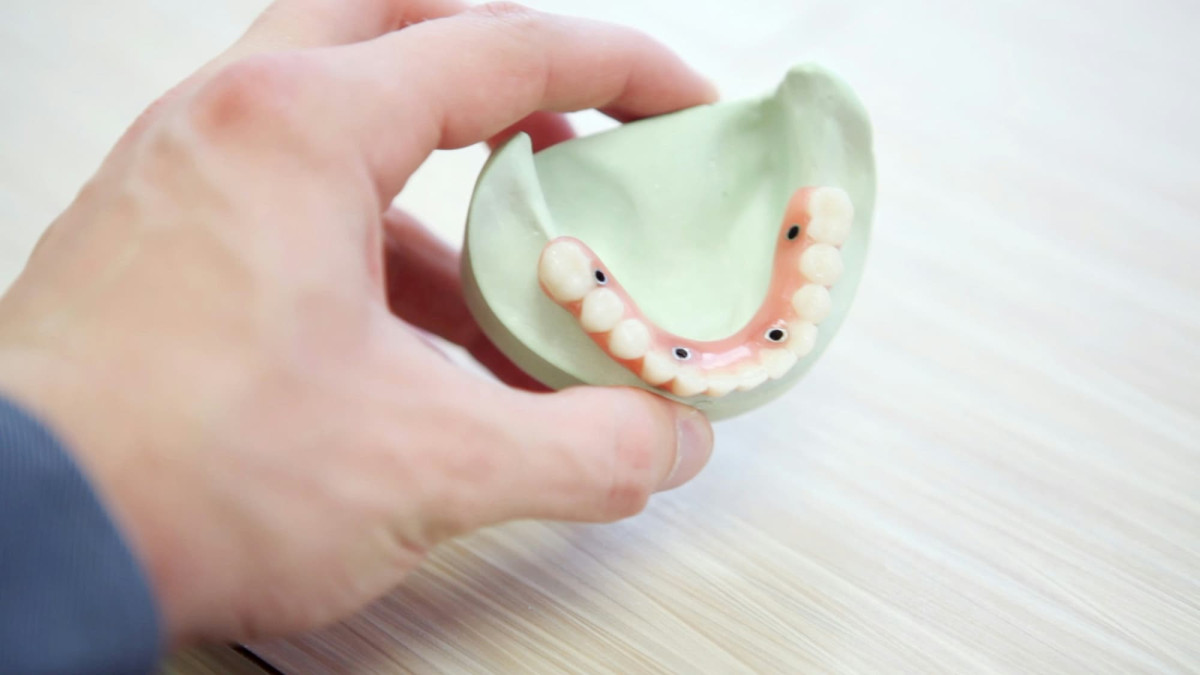A healthy smile is more than just how you look—it’s essential to your overall wellness. If you’re dealing with tooth damage, decay, or loss, dental restoration offers a path to reclaiming your oral health and appearance. Whether you need a simple dental filling or a full mouth reconstruction, modern dental techniques can restore both function and beauty with remarkable precision.
In this guide, we’ll explore everything you need to know about dental restoration, from common procedures to how to choose the right provider.
Table of Contents
What Is Dental Restoration?
Dental restoration refers to a range of procedures that repair or replace damaged, decayed, or missing teeth. These treatments are designed to restore a tooth’s function, appearance, and strength while preserving as much of your natural tooth structure as possible. Whether it’s a small cavity, compromised tooth enamel, or a complete tooth replacement, restoration dentistry—as well as cosmetic dentistry—ensures your smile stays both healthy and beautiful.
Common Reasons for Dental Restoration
There are many scenarios where dental restoration is recommended, including:
-
Cavities or tooth decay
-
Cracked or chipped teeth
-
Worn-down tooth enamel
-
Missing teeth due to trauma or disease
-
Old or failed restorations needing replacement
-
Compromised tooth structure from extended decay or injury
-
Cosmetic concerns like uneven surfaces or discoloration
Left untreated, these issues can lead to pain, infection, and additional tooth loss.

Types of Dental Restoration Procedures
Dental restoration is a broad field that includes several different procedures, depending on your specific needs:
1. Fillings
Used to repair minor cavities, dental fillings (often composite, tooth-colored fillings) are popular for their natural appearance and ability to preserve the remaining tooth structure.
2. Dental Crowns
Crowns cover and protect a damaged or weakened tooth. They’re custom-made and can be crafted from porcelain, metal, ceramic, or a combination that best mimics your natural tooth enamel and overall appearance.
3. Dental Bridges
A bridge replaces one or more missing teeth by anchoring to adjacent teeth. It “bridges” the gap, restoring both form and function while maintaining the integrity of your surrounding tooth structure.
4. Dentures
Partial or full removable dentures replace multiple or all teeth in a dental arch. These prosthetics are modernly designed to be more natural-looking and comfortable than ever before, offering an effective solution for patients who need extensive tooth replacement.
5. Dental Implants
Implants are the gold standard for tooth replacement. They involve a titanium post surgically inserted into the jawbone and topped with a crown, which replicates natural tooth enamel and restores your smile securely.
6. Inlays and Onlays
These are lab-made restorations used when a simple dental filling isn’t enough but a full crown isn’t required. They fit into or on top of the tooth, conserving as much healthy tooth structure as possible.
7. Full Mouth Reconstruction
This comprehensive approach addresses multiple dental issues at once. It may include a combination of crowns, bridges, implants, and other prosthetic solutions to rebuild your smile from the ground up.
Direct vs. Indirect Restorations
Dental restorations are categorized into two types:
Direct Restorations
These are completed in a single visit. Dental fillings are the most common example, quickly and effectively repairing small cavities.
Indirect Restorations
These require fabrication outside the mouth—typically in a dental lab. Crowns, bridges, and veneers fall under this category and may need two or more visits to complete, ensuring precision in replicating natural tooth enamel and structure.
Benefits of Dental Restoration
The advantages of dental restoration go beyond aesthetics. Here’s how it improves your oral health and quality of life:
-
Restores functionality (chewing, speaking)
-
Prevents further decay or damage by reinforcing the weakened tooth structure
-
Corrects bite issues
-
Improves self-confidence
-
Maintains jawbone health (especially with implants)
-
Protects adjacent teeth from shifting
With today’s advanced materials and techniques—including state-of-the-art prosthetics and methods from cosmetic dentistry—restorations are more natural-looking and longer-lasting than ever before.
What to Expect During the Process
While the exact process varies depending on the procedure, most dental restorations follow these general steps:
-
Consultation & Evaluation A comprehensive exam, X-rays, and discussion of your goals and concerns.
-
Treatment Planning Your dentist will develop a customized plan outlining necessary restorations that may include cosmetic dentistry approaches.
-
Preparation For dental fillings or crowns, this may involve numbing the area and removing decay to protect the underlying tooth structure.
-
Restoration Placement Your restoration (filling, crown, bridge, etc.) is carefully placed, adjusted, and secured.
-
Follow-Up Your dentist will ensure everything fits well and functions properly during follow-up visits.
Caring for Restored Teeth
Good oral hygiene is crucial for extending the life of your restorations. Follow these tips:
-
Brush twice daily with fluoride toothpaste
-
Floss daily to remove plaque and food particles
-
Avoid hard or sticky foods that could damage crowns or dental fillings
-
Wear a mouthguard if you grind your teeth
-
Visit your dentist regularly for cleanings and check-ups
Your restored teeth should be treated just like natural teeth when it comes to care and maintenance.
Choosing the Right Dental Restoration Provider
Not all dental practices offer the same level of expertise or technology. Here’s what to look for when selecting a provider:
-
Experience in restorative dentistry and cosmetic dentistry
-
Advanced imaging and digital scanning tools
-
In-house lab or partnerships with high-quality dental labs specializing in prosthetics
-
Options for sedation dentistry for anxious patients
-
Strong reputation and positive reviews
-
Comprehensive services under one roof
At Ridgetop Dental Implants, our team specializes in state-of-the-art restorative dentistry and cosmetic dentistry with a patient-first approach. From dental implants and dental fillings to full mouth rehabilitation, we deliver personalized care that restores your confidence along with your smile.
Frequently Asked Questions
Q: How long do dental restorations last?
The longevity depends on the type of restoration and how well you care for it. Dental fillings may last 5–10 years, crowns 10–15 years, and implants (which carefully rebuild your tooth structure) can last a lifetime with proper care.
Q: Are dental restorations painful?
Most procedures are done under local anesthesia, so you shouldn’t feel pain. Some mild sensitivity or discomfort afterward is normal and temporary.
Q: Can I eat normally after a dental restoration?
Yes, but it’s wise to avoid hard or sticky foods for the first 24 hours. If you’ve had anesthesia, wait until it wears off before eating to avoid biting your tongue or cheek.
Q: Are dental implants better than dentures?
Implants are often preferred for their durability and natural feel, but the best option depends on your oral health, bone density, and personal preference. Dentures, a type of prosthetics, can still be an excellent choice for some patients.
Q: How much do dental restorations cost?
Costs vary widely depending on the procedure and materials used. Many dental offices offer financing options or work with insurance to reduce out-of-pocket expenses.
Reclaim Your Smile with Ridgetop Dental
Dental restoration is more than a fix—it’s a transformation. Whether you’re dealing with minor decay or need a full smile overhaul, modern dentistry offers safe, effective, and beautiful solutions. At Ridgetop Dental Implants, we combine leading-edge technology with compassionate care to provide the best in restorative treatment.
Don’t wait to regain your oral health and confidence. 👉 Schedule your consultation today and take the first step toward a stronger, more radiant smile.






